On 1 November 2019 GCHQ, the intelligence and security agency responsible for providing communications intelligence to the government and armed forces, marked its centenary. For the first time GCHQ revealed the role of five previously unrevealed sites across the UK in the history of British intelligence. LSE Archivist, Sue Donnelly, investigates the LSE career of one woman destined to play a significant role in the Second World War.
In 1937 Pamela Pigeon, a young New Zealand woman, applied to study for the BSc (Economics) hoping to specialise in economic history. She was born in Christchurch, New Zealand, attended Queen Margaret College, a Presbyterian girl’s school and on her application listed her interests as swimming, sailing, tramping, debating and dramatic societies. She had been very involved with working in the school library. Pigeon was accepted for studies and started at LSE in October 1937 with the assistant lecturer GJ Ponsonby (lecturer in transport) and D G Champernowne (assistant lecturer in mathematics and statistics) as her supervisors. Ponsonby provided a vivid portrait of the young Pigeon in her first year at LSE:
Small, round, specs, eton crop – rather abrupt and forceful manner, but quite friendly – perhaps her manner covers some shyness. Neat.
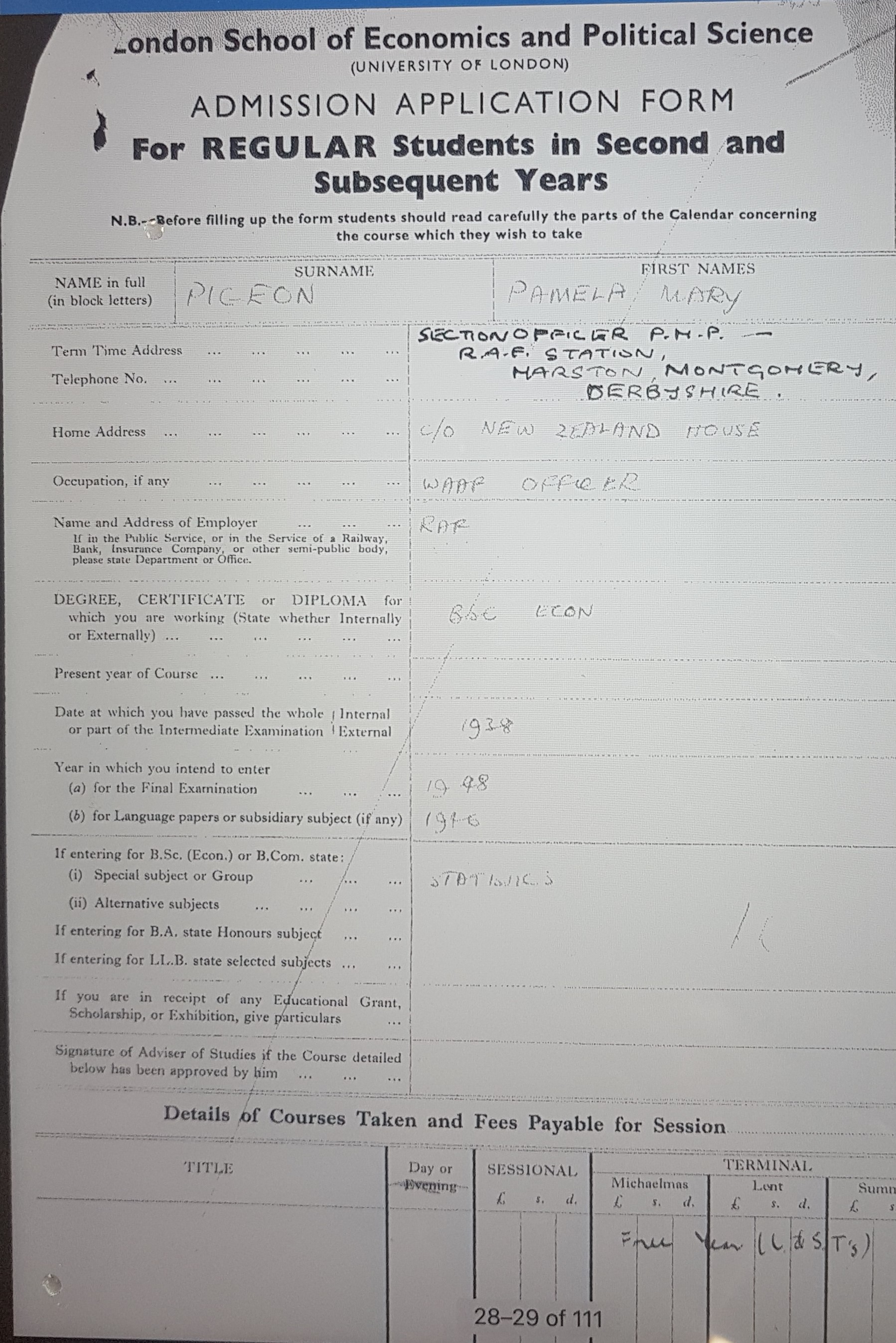
In a note LSE’s Registrar, Eve Evans, hinted to Ponsonby that Pigeon was finding the transition from school to university difficult. She was also struggling with one of her options, French, and at the end of the first term she was advised to transfer to either Mathematics of Logic – she chose Logic. It was a steep learning curve despite support from Abraham Wolff, Professor of Logic and Scientific Method.
Initially Ponsonby believed that Pigeon would have benefited from deferring her entrance by a year, but his end of year report was positive about her adaptability and progress:
Whilst she started at the School somewhat immature & lacking in self-confidence she has developed considerably & is likely to continue to do so. She is interested in her work, serious in outlook, and whilst not possessing too much ‘savoir faire’ would be v reliable in a job & capable of shouldering responsibilities.
The last line was a prophetic comment. In the summer Pigeon passed the Special Intermediate Examination in Economics but needed to take two language examinations in the September. For the next two years Pigeon specialised in Economic History, modern and medieval, with Professor Eileen Power as her supervisor. She was keen to continue her studies and move to Cambridge during the School’s war time evacuation – but explained that she would need a maintenance grant to cover the cost of accommodation.
It is clear that Pigeon continued to develop as a student and in Michaelmas Term 1940 Eileen Power wrote:
This student, about whom I was in despair last year, has made very great strides. She is enthusiastic about her subject, sends in really good essays & works exceedingly hard. If the examiners succeed in reading her writing, which is problematical, she ought to do well in her special subject.
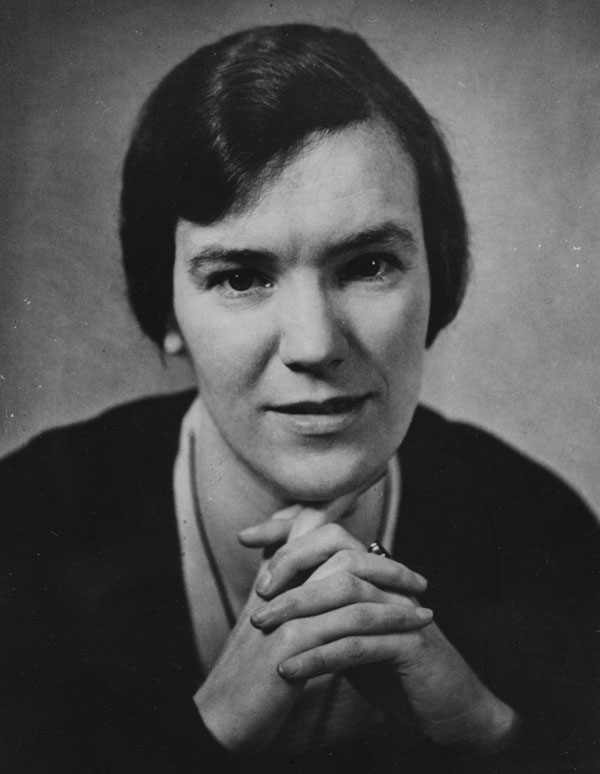
The praise continued in Lent Term:
This girl has improved with extraordinary steadiness and rapidity after a weak start last year, works very well& presents me with one good paper after another. She has been a complete surprise and a very pleasant one.
The final sessional report continued the praise – with a slight concern for the examinations:
Has made great strides & has done me really good work in medieval economic history this year based on wide reading. Writes slowly & may not do her self justice under exam conditions. Full of sense and individuality.
In July 1940 Eileen Power wrote to tell Pigeon she had not obtained her degree – she had failed her Italian translation paper. Languages were clearly not Pigeon’s strength.
Pigeon however was keen to complete the course and retake her Italian paper – but life was about to get complicated. In September 1940 Pigeon informed the School that she was joining the Women’s Air Auxiliary Force (WAAF). She received a commission in 1941 and remained in the service until December 1945. Initially Pigeon was based at Rudloe Manor, a RAF station in Wiltshire she then moved to RAF Chicksands a listening station in Bedfordshire. She registered to take her final exam at various University of London local examination centres but was unable to attend any of the exams. In 1945 she re-contacted LSE about resuming her studies and completing her final exam – but also about further studies in statistics as her wartime work had included statistical work that she wished to continue in civilian life. However the Registrar felt that at this stage Pigeon could only be accepted in Statistics as an occasional student attending lectures.
Pigeon’s student file indicates that she obtained a second class BSc (Economics) in 1948 – though there is no mention of the Italian translation paper. So what did Pamela Pigeon do during the Second World War?
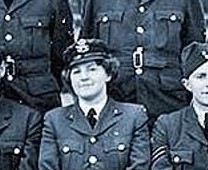
Like many people bound by the Official Secrets Act for their war service Pigeon never revealed her war time work even to her family. But in November 2019 as part of its centenary celebrations GCHQ disclosed a number of secrets from its history. One related to its first female station commander – Pamela Pigeon. In 1943 at the age of 25 she was appointed station commander at RAF Marston Montgomery on the edge of the Peak District. This collection of wooden huts with a staff of 100 people was the centre for radio fingerprinting. Radios could be identified by the different oscillations of individual radio crystals and operators that all had their own individual characteristics. Once operators would identify an individual radio, they were able to piece together troop, aircraft and ship movements.
Definitely a case of “doing a special job”.
References
LSE\Student File\Wale Pamela Mary Pigeon


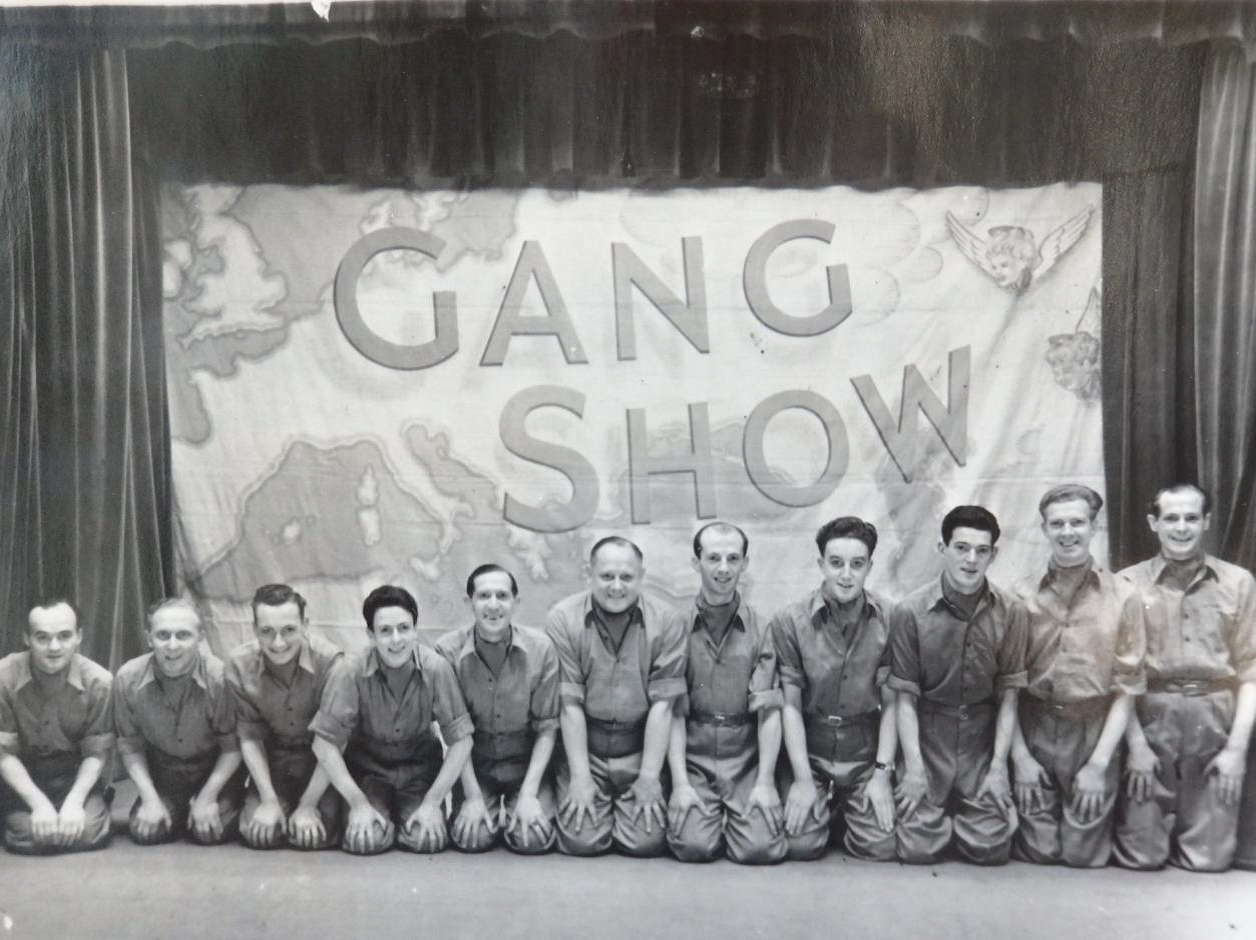

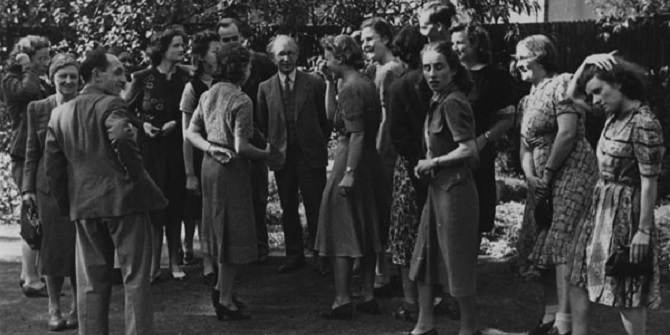
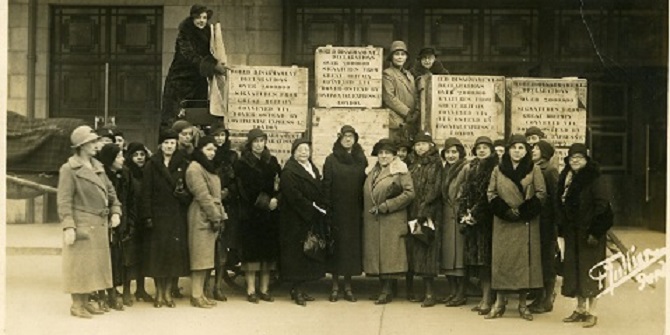
thank you for creating this! it really helped my school work.